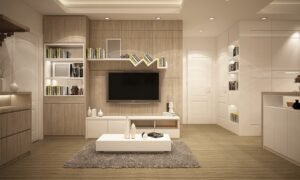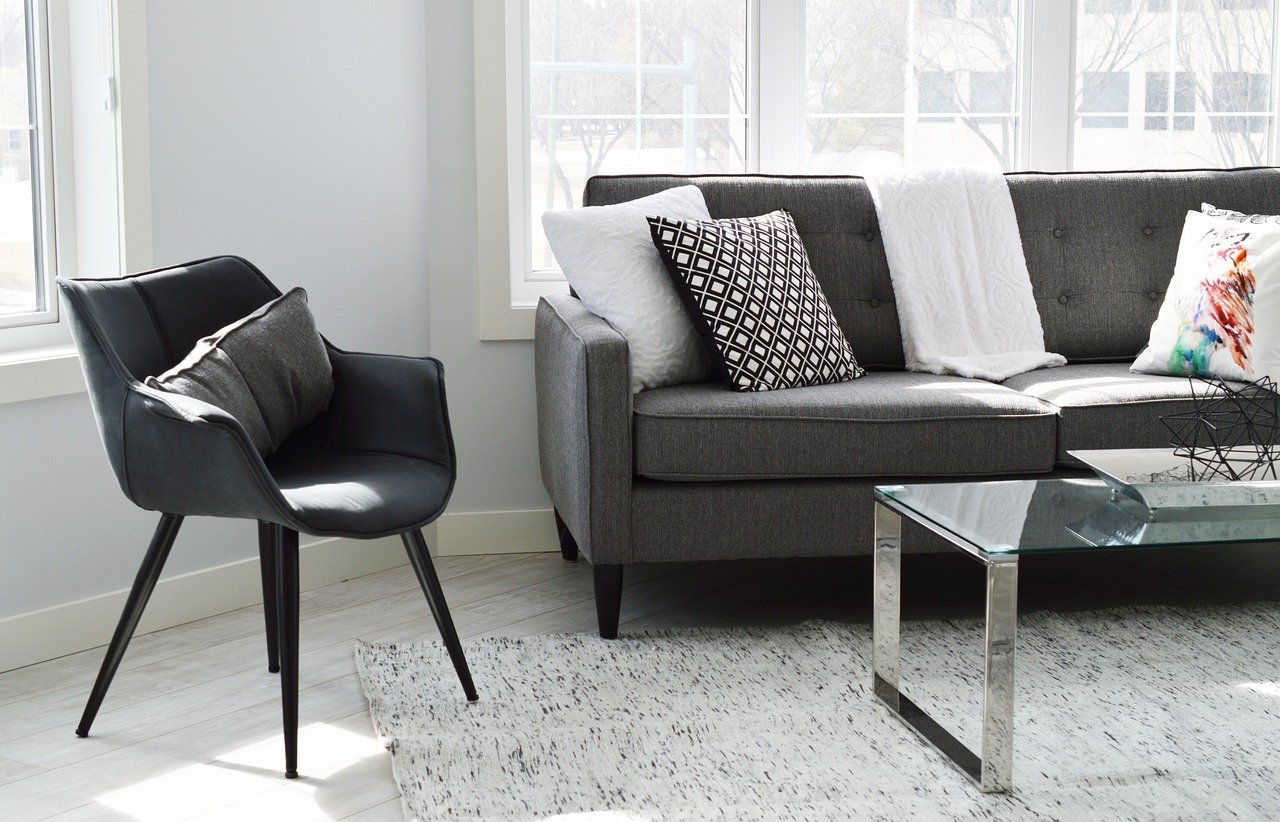When it is near to designing the home of your dreams, architectural home design plays a key role. A well-thought-out design not only increases the elegent of your space but also perfect fitness, verifying your home meets your current and future needs. From designing ideas to get planning permission, the journey of architectural design is an interesting blend of imagination and correctness.
Understanding Architectural Home Design
Architectural home design surrounds the art and science of planning and raising residential spaces. It involves creating designs that vibrate with the homeowners’ vision while attaching to structural honesty and local command. The process begins with understanding the client’s needs and ends with a plan that guides the building phase.

The Role of Home Extension Drawings
Home extension drawings are a vital part of architectural design. Whether you’re planning to add an extra room, grow your kitchen, or create a new living area, these specific drawings provide a clear description of your vision. They serve as a bridge between your ideas and the final construction, verifying every detail. Professionals use tools like CAD drawings to bring carefulness and clarity to these extensions, making them a seamless insertion to the existing structure.
Extensions can also importantly increase the value of a property. For instance, adding a well-designed home office or a large living room can increase appeal to likely buyers. However, these benefits are only realized when the design is nicely planned and effective.
The Importance of CAD Drawings in Modern Architecture
In today’s architectural view, CAD (Computer-Aided Design) drawings have become a keystone. They allow architects to create right, detailed, and extensible designs that can be easily adjusted. CAD drawings are particularly useful for homeowners as they offer an effective preview of the project, helping them understand how the final result will look and function. From complex designs to minute details, CAD technology ensures every aspect of the architectural plan is carefully shaped.
Further, CAD draws graceful reporting between architects, contractors, and clients. By providing a clear and detailed visual description, these drawings minimize misreading and errors during construction, saving time and money.
Planning Permission: A Crucial Step
No architectural home design project is complete without considering planning approval. This legal approval certifies that your design complies with local building rules and shaped laws. Fix planning approval can be a complex process, often requiring complete architectural drawings and a clear plan of the proposed changes. Participating with an experienced architect or designer can clarify this process, increasing all vital documents are in place.
It’s worth noting that planning permission demand can vary greatly depending on location and the scope of the project. Whether you’re adding a small wing or begin on a large-scale repair, understanding the specific rule in your area is key.

The Art of Architectural Design
Architectural design is more than just designing a layout. It’s about designing spaces that stimulate, comfort, and adapt to the needs of the owner. Key elements of successful architectural design include:
- Functionality: Each space should serve its studied purpose effectively.
- Aesthetic Appeal: The design should reflect the homeowner’s style and liking
- Sustainability: Including eco-friendly materials and energy-structured solutions can importantly reduce the climate impact.
- Flexibility: The design should board future changes or additions,secure the home and evolve with its resident.
Another critical aspect of architectural design is optimizing natural light and airing. Properly placed windows, skylights, and open design can make a home feel more wide and delightful while decreasing energy wasting.
Home Extensions: Expanding with Purpose
Adding an extension to your home can change your living space, making it more functional and attractive. Whether it’s a sunroom, an extra bedroom, or a larger kitchen, additions must be carefully planned. Home addition drawings provide a clear roadmap, spotting how the new addition will combine with the existing structure. Proper planning ensures the additional company the overall design while sticking to building order.
When planning an addition, it’s needed to consider the motive of the new space and how it fits into your lifestyle. For example, a growing family might prioritize additional bedrooms, while isolated workers may benefit from a loyal home office.
The Planning Phase: Setting the Foundation
Planning is the bottom of any successful architectural project. This phase involves large dialogue between homeowners and architects to define the scope, budget, and timeline of the project. Specific architectural drawings, including CAD designs, are expanded during this stage to imagine the project’s result. These plans are also key for obtaining planning permission and ensuring the construction phase goes smoothly.
A well performing planning phase also includes chance measures to address likely challenges, such as budget overruns or sudden delays. By expecting these issues early, homeowners and architects can secure the project stays on track.

Renewable in Architectural Design
Renewable has become a central focus in recent architectural home design. Homeowners are growingly seeking designs that minimize environmental contact while maximizing energy ability. Features such as solar panels, rainwater collect systems, and energy-efficient devices are becoming standard in new builds and repairs.
Architects are also surveyed on the use of renewable materials, such as reuse wood and low issues concrete, to reduce the carbon footprint of building projects. These eco-friendly choices not only benefit the environment but can also result in long-term cost reduction for homeowners.
Bringing it All Together
Architectural home design is a sweet-sounding blend of innovation, functionality, and technical skills. From crafting home addition drawings to steer the complexity of planning approval, every step is key to attain a home that is both beautiful and practical. include modern tools like CAD drawings further increase the precision and company of the process.
By working closely with skillful architects and designers, homeowners can change their view into reality. Whether it’s a new build or an additional architectural design, securing your home is a perfect reflection of your style, needs, and desire.
Finally, architectural home design is an interest in your lifestyle and future. By prioritizing careful planning, original design, and renewable practices, you can create a space that is not only useful and visually inviting but also timeless and flexible.



